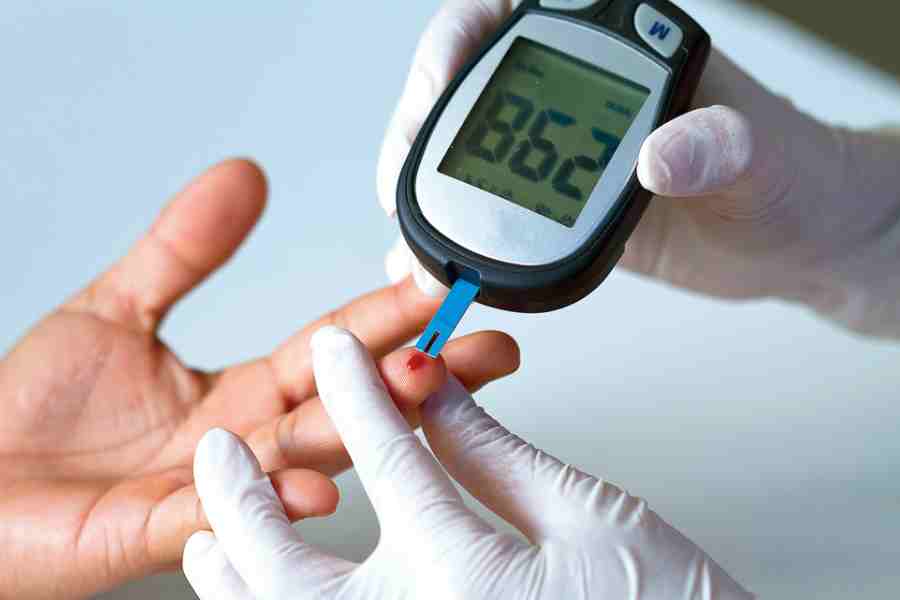India’s ‘strong performance’ on registers of disease burdens is a matter of persistent concern. The country’s reputation as the ‘diabetes capital of the world’ is a case in point. A recent study conducted by the Indian Council of Medical Research and published in The Lancet Diabetes and Endocrinology has revealed the sinister extent of the crisis. It shows that India has more than 101 million people with diabetes — an increase of 44% compared to 2019. That is not all. The survey also found that 15.3% of the population is pre-diabetic and belongs to the high-risk group. The data further revealed massive anomalies between the states. Goa — India’s party capital — recorded the highest prevalence, followed by Puducherry and Kerala. Even though Uttar Pradesh, Madhya Pradesh and Bihar recorded the lowest prevalence of diabetes, their pre-diabetes numbers were higher than the national average. This implies that a large segment of the population is vulnerable to diabetes. Also discernible is a wide rural-urban disparity: while urban areas had a higher incidence, rural areas recorded an uneven distribution. What is concerning is that there is not much of a difference between rural and urban areas with respect to prediabetes prevalence. This suggests that diabetes is no longer the proverbial rich man’s disease: it is spreading its tentacles among all segments of the populace.
The high incidence of diabetes in India, in turn, underlines its crippling burden of non-communicable diseases. The World Health Organization last year reported that NCDs contribute to about 66% of India’s mortalities. In fact, the ICMR survey has found that 35.5% of the population had hypertension, 81.2% had high cholesterol, and about 40% were obese. Exacerbating this crisis are wily market forces promoting junk food and sweetened beverages. These, combined with poor lifestyle, minimal exercise, tobacco and alcohol consumption, worsening pollution and sedentary work culture are making matters worse. Notably, NCDs not only limit productivity but also require maximum out-of-pocket expenditure. The health ministry’s ambitious initiative to put 75 million people with NCD under standard care by 2025 is laudable. But this must be backed by grassroots-level policy-making, the heightening of awareness about diet and plugging gaps such as excluding tobacco regulation from the response plan. The looming lifestyle crisis must be dealt with. There is no sugarcoating the bitter pill.










